October Affair Camellia Japonica – 3 Gallon Pot
$89.97 Original price was: $89.97.$62.98Current price is: $62.98.
SKU: D2LSC 248817806 Category: Camellias
- Fast and Secure Payments
- Shop with Peace of Mind
- Get the quality you deserve, for less.
- The home of quality products.

October Affair Camellia
Camellia japonica ‘October Affair’
Plant Details
USDA Plant Hardiness Zones: 7a-9b Find Your Zone
Plant Type: Evergreen Flowering Shrub
Species: Japonica (Winter, Spring blooming)
Height at Maturity: 8-12′ depending on pruning
Width at Maturity: 6-8′ depending on pruning
Spacing: 5′ for solid hedge; 12’+ for space between plants
Flower Color: White to Cream with Light to Medium Pink
Flower Size: 4-5″
Flowering Period: Late Winter, Early Spring
Flower Type: Double
Fragrant Flowers: No
Foliage Color: Dark Green
Fragrant Foliage: No
Berries: No
Berry Color: NA
Sun Needs: Morning Sun with Afternoon Shade or Filtered Sun, All Day Filtered Sun
Water Needs: Average, Lower when established
Soil Type: Clay (amended), Loam, Sand (amended), Silt
Soil Moisture / Drainage: Well Drained Moist
Soil pH: 5.0 – 6.5 (Acid)
Maintenance / Care: Low
Attracts: Visual Attention
Resistances: Deer, Drought (when established), Heat, Humidity
Intolerances: Direct Afternoon Sun, Constantly Soggy Soil
Description
With a long bloom period in the South from November to March, the October Affair Camellia is one that deserves a spot in every garden where it will grow (USDA Zone 7a-9b). Backed by lustrous deep green leaves, the large double flowers up to 5 inches in diameter come in several variations of petal arrangement, form. Some flowers will have more petals than others and some will be white or cream at the center transitioning to light to dark pink around the edges. The bud center often becomes pink as the flower ages producing a tricolor effect. The gorgeous flowers are perfect for cutting and use in flower arrangements or float just one in a bowl of water.
Landscape & Garden Uses
Growing 8 to 12 feet tall and 6 to 8 feet wide depending on pruning, the october Affair Camellia can be grown as a large shrub or small tree. As a shrub it is ideal for use as a specimen, in groupings or as a hedge or background plant in landscape borders and is especially nice as a corner plant or espalier (trained to grow flat against a wall) in home foundation plantings. As your camellia plant grows taller, lower branches can be removed to form a small tree that serves well as an attractive and colorful specimen in landscape borders and home foundation plantings. A fine selection for camellia gardens, pink theme gardens, cottage gardens, cut flower gardens and woodland borders. Also suitable for containers that can be brought indoors overwinter for those who live above USDA Zone 7a, where not winter hardy. Find Your Zone
Suggested Spacing: 5 feet apart for solid hedge; 10 feet or more apart for space between plants
Note: For our customers who live and garden north of USDA Plant Hardiness Zone 7a, where this Camellia variety is not reliably winter hardy, you’ll be happy to know it can be grown in containers that can be brought indoors during winter and placed back outside when temperatures warm up in spring.
Growing Preferences
Camellia adapt well to various soil types however prefer a moist but well-drained acidic soil that is rich in organic matter. Constantly soggy or wet soil is a slow killer. In general, Camellia grows and blooms better in partial shade with some shelter from the hot afternoon sun. Morning sun with afternoon shade or filtered sunlight is perfect. All-day filtered sun is fine.
Helpful Articles
Click on a link below to find helpful advice from our experts on how to plant and care for Camellias.
- Planting Camellias
- Pruning Camellias
- How To Fertilize & Water Camellias
- How To Espalier Plants & Trees
*Espalier (pronounced: ih-spal-yay) …an ornamental shrub or tree that has been trained to grow flat against a wall, fence, or other vertical, flat surface.
Plant Long & Prosper!
Meet The Wilson Brothers & Staff
Questions? Contact Us
Be the first to review “October Affair Camellia Japonica – 3 Gallon Pot” Cancel reply
Related products
-30%
-30%
-30%
-30%
-41%
-46%
-30%
-30%

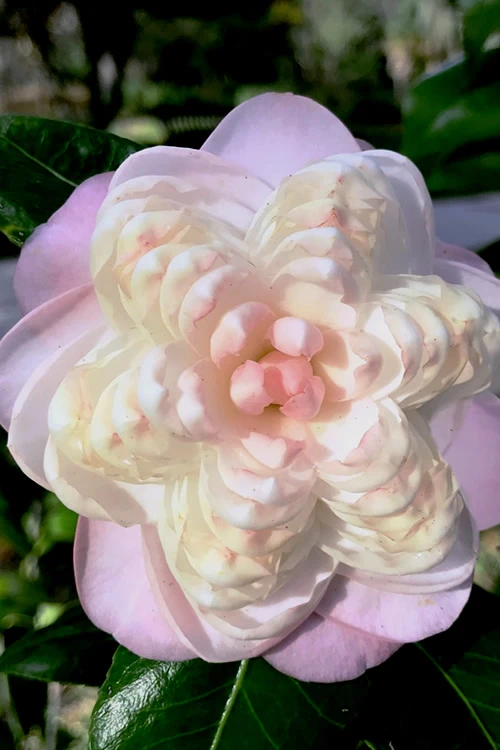

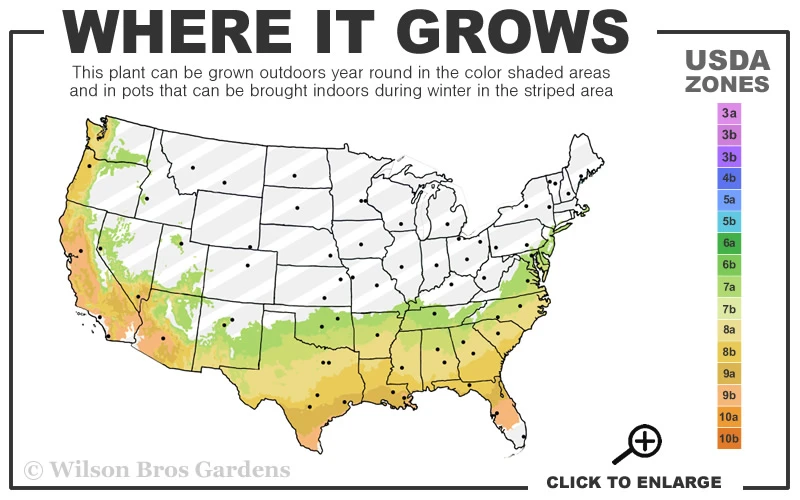
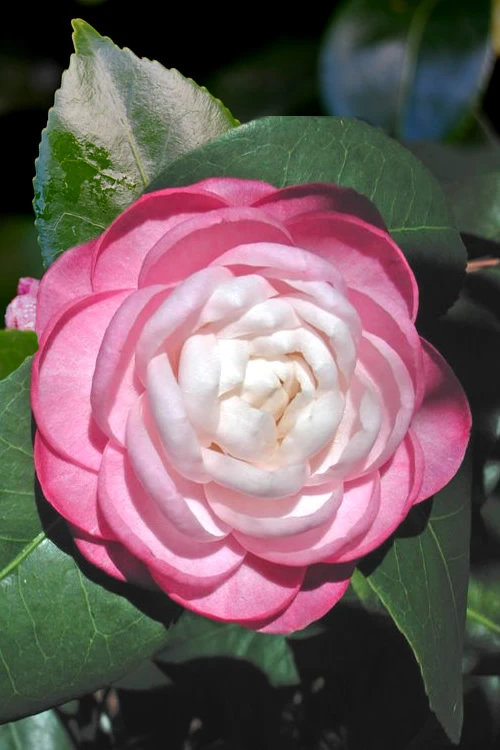
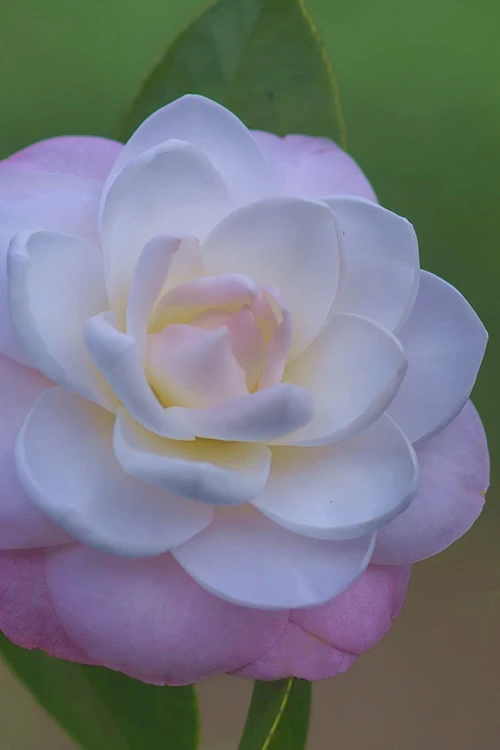
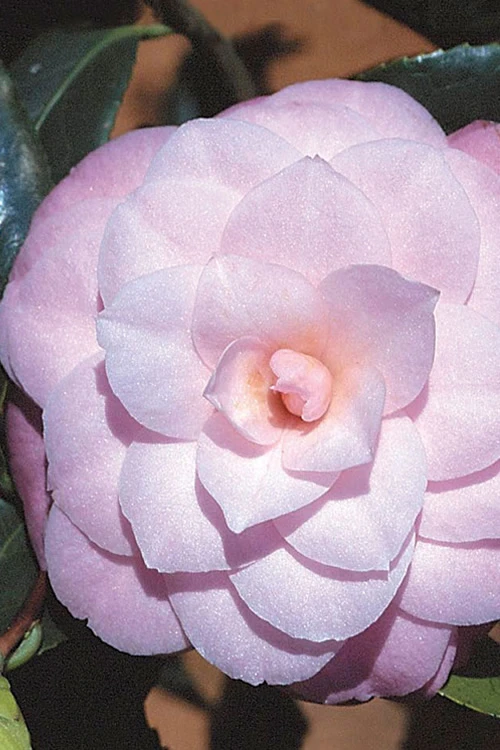




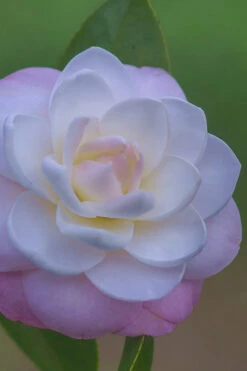

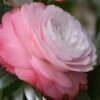

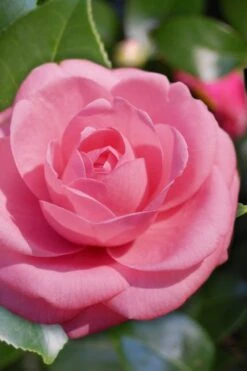
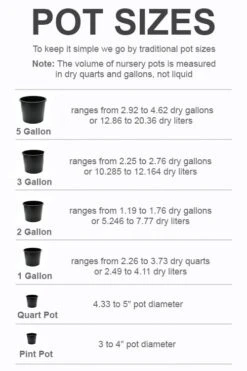


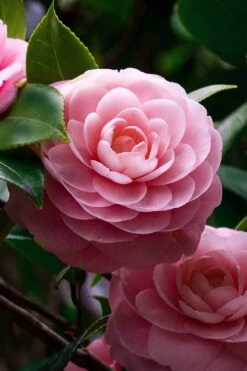


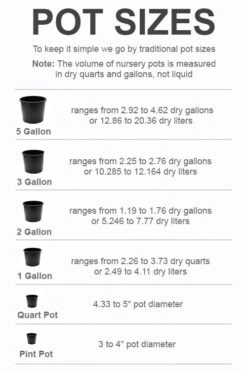

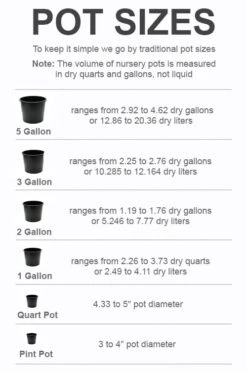




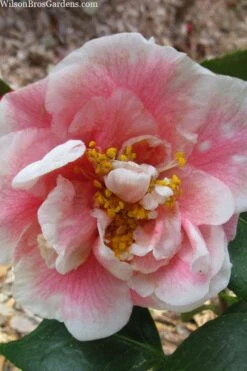

Reviews
There are no reviews yet.